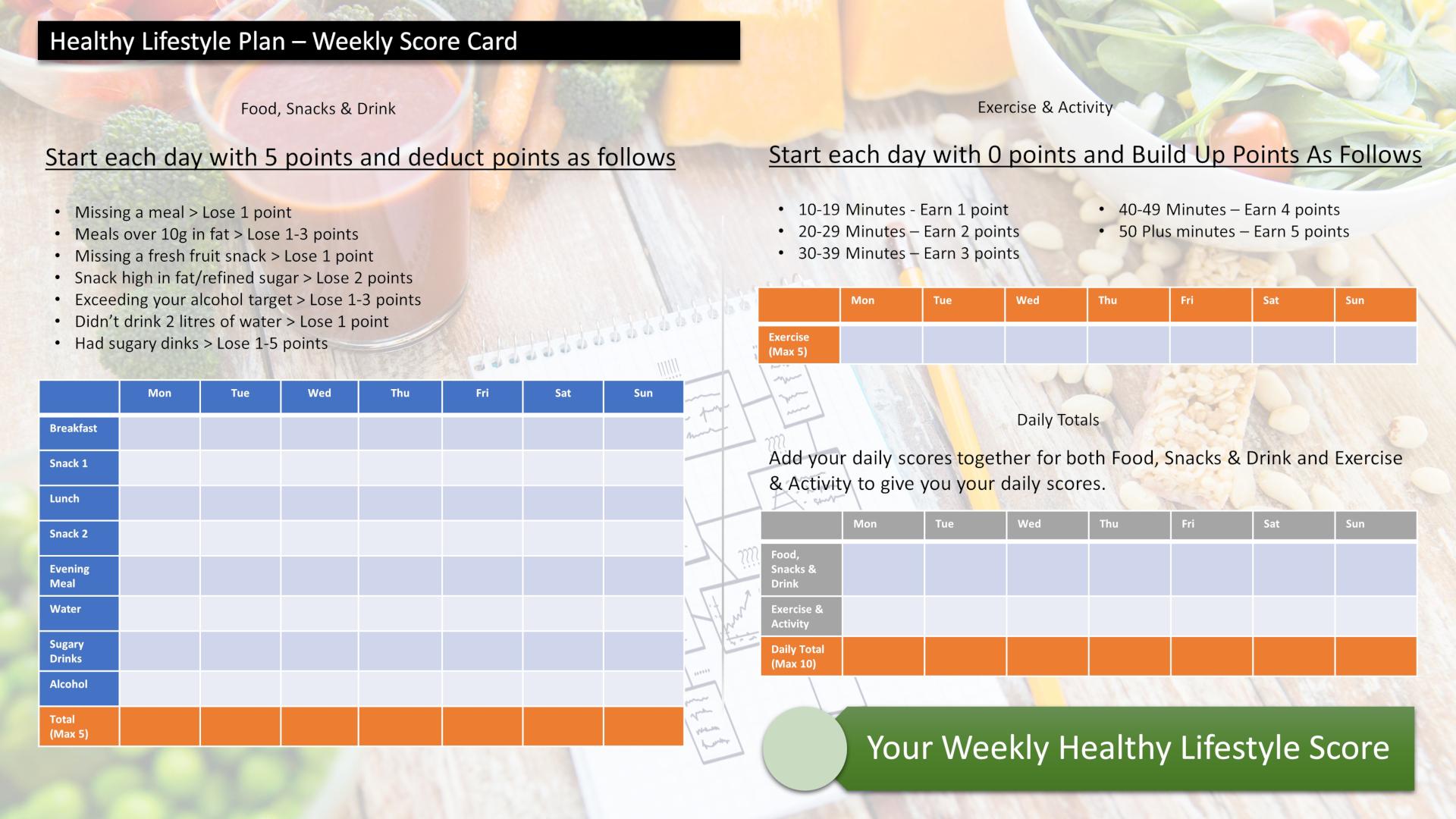Get off that computer your sedentary lifestyle is bad for your health. What a strange suggestion that I’m making today, it’s as though I don’t want you to read this article. Of course, I want you to take the time to read through this, because I know it is going to help you, particularly if you are someone who spends a large part of your day sitting.
Chances are you’re reading this article while sitting in a chair, and perhaps you will be sitting for much of the day.
Let me share an undisputable fact with you. A sedentary lifestyle is not good for your health.
By sedentary lifestyle, I’m referring to a person tending to spend a lot of time seated; being inactive, doing too little exercise or physical activity.
Are you someone who has a sedentary lifestyle?
Consider how much you sit in a day: driving , maybe sitting at a desk, unwinding on the couch in front of the television all evening.
Are you sitting for longer than six hours a day?
If so, you have a sedentary lifestyle and your risk of heart disease has increased by up to 64 percent. You’re also more at risk of certain types of cancer. Simply put, sitting is killing you. A growing body of research shows that long periods of physical inactivity raise your risk of developing not just heart disease and cancer, but diabetes, obesity and other diseases and illnesses.
Alas many adults in the UK spend more than seven hours a day sitting or lying, and this typically increases with age to 10 hours or more. You’ll notice I include lying down. That is because sedentary lifestyle refers to any waking behavior characterized by an energy expenditure ≤1.5 METs, while in a sitting, reclining or lying posture.
In reality what is best for your health is to sit no longer than 2 to 3 hours a day. I know this is pretty impossible for most of you. A 9-5 job or being at school requires you to sit for longer. But what’s important is to break this time up, so you’re not sitting for hours without movement.
Sedentary lifestyle is increasingly common in a society where many of us do desk jobs, travel in motor vehicles and spend leisure time in front of computers and televisions. It also increases with age, particularly when ill health is a factor.
Our bodies weren’t made to sit all day. Sitting for long periods of time, even with exercise, has a negative effect on our health. What’s worse, many of us sit up to 15 hours a day. That means some of us spend the bulk of our waking moments on the couch, in an office chair, or in a car.
Let me explain why I say even with exercise. Of course, I recommend each of you take an hour of your day, every day, to exercise. Whether that is simply a brisk walk, an aerobics class or workout in the gym. But even doing this, it is still unhealthy for you to sit hours on end. Evidence is emerging that even if you exercise regularly, spending a lot of time sitting down can be bad for you. You have to spend less time sitting down.
That’s the bad news. The good news: It’s easy to counter. It requires tracking your daily activity and the amount of time you sit. Then get yourself a pedometer and take a pedometer challenge. More on this shortly.
The first thing you have to do is track how much activity you get in a regular day. You can either get a pedometer or use an app on your phone. For me, the easiest way to do this is a pedometer that tracks the number of footsteps I take. In truth I wear a Fitbit watch. Start using the pedometer when you wake up in the morning and keep it in your pocket (or running on your phone) until you go to bed. This will give you an estimate of your regular daily activity.
Every time you sit down just look at your watch and make a note of the time. Do the same when you get up. Keep doing this throughout the day and night. I suggest repeating this for 7 days. Get a clear picture of the amount of time you’re sitting and the number of steps you are taking indicating your activity
Many of you will be shocked at how sedentary you really are.
My next suggestion is that you actually ensure that you never sit for longer than one hour before getting up and moving your body. The first change you need to bring about is to break up long periods of sitting time with “shorter bouts of activity for just one to two minutes. For every hour I’d suggest doing 10 minutes of movement, but I know circumstances don’t allow for this. But I’m sure you can find 30 seconds to a minute every hour.
During this short break you could:
• Perform stretching exercises
• March in place
• Do Squats
• Touch your toes
• Wander around the room
It doesn’t matter what you do; just do something to get your body moving!
You just have to create the habit, and ensure while sitting, you never let the time exceed an hour before you get up and do a little movement.
Back to setting yourself a pedometer challenge.
Most health professionals are in agreement that walking 10,000 steps a day (approximately 5 miles) is the ideal goal to set for improving health and reducing the health risks caused by inactivity. According to the World Health Organization (WHO), 60 to 85% of the population worldwide does not engage in enough activity. Making physical inactivity the fourth leading risk factor for global mortality.
So, setting yourself the target of 10,000 steps daily would prove life changing to you.
Let me stress the life changing benefits of not having a sedentary lifestyle, and getting your 10,000 steps a day.
Worldwide, it is estimated that a sedentary lifestyle is responsible for 6% of coronary heart disease cases, 7% of type 2 diabetes, 10% of breast cancer and 10% of colon cancer cases. In fact, it was recently reported that inactivity is responsible for more annual deaths than smoking.
• Physical inactivity may increase the risks of certain cancers.
• Physical inactivity may contribute to anxiety and depression.
• Physical inactivity has been shown to be a risk factor for certain cardiovascular diseases.
• Sitting too much may cause a decrease in skeletal muscle mass.
• Physical inactivity is linked to high blood pressure and elevated cholesterol levels.
• People who engage in more physical activity are less likely to develop coronary heart disease.
• People who are more active are less likely to be overweight or obese.
Isn’t that enough proof why you must stop leading a sedentary lifestyle.
As a grandfather I feel it is essential that we help our children become less sedentary. We all know how much time they can spend in front of the TV, playing computer games or watching YouTube on their tablets.
Tips to reduce sitting time:
• consider ways for children to “earn” screen time
• agree a family limit to screen time per day
• make bedrooms a TV- and computer-free zone
• set “no screen time” rules to encourage kids to be active
• encourage participation in house chores such as setting the table or taking the bins out
• choose gifts such as a scooter, skateboard, ball or kite to encourage active play
• Parents could lead by example by also reducing their TV time and other sitting-based tasks.
For those of you looking for more detailed information I recommend this article on the National Institute of Health Library .
Whether you’re a couch potato or an office worker sitting in front of a computer make your goal to get more active. It’s about creating pockets of moderate activity throughout the day and giving your body a respite from sitting.
Say no to a sedentary lifestyle.
Score Your Way To Good Health - With Our Healthy Lifestyle Plan
Score your way to good health with our healthy lifestyle plan and it's unique 70 point weekly scorecard!




Every day we are facing lots of computer related heath hazards. Your article helps to identify them. We must not ignore our heath.